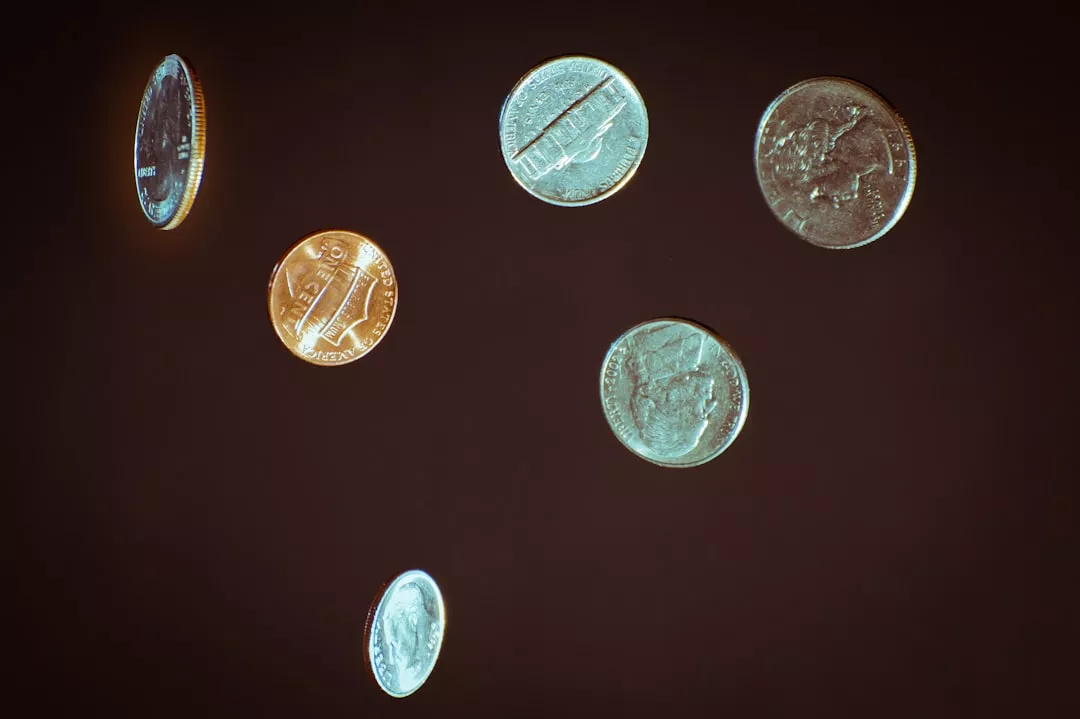The Earth is a constantly changing planet, with its geological processes shaping the land and oceans we know today. One such change occurred between 15 million and 6 million years ago, when there was a significant decline in the production of ocean crust. This decline, estimated to be around 35 percent, led to deeper ocean basins and a drop in sea levels by 26-32 meters. This geological shift has caught the attention of researchers, as it is believed to have had a profound impact on the Earth’s climate and ocean chemistry.
The production of ocean crust is a vital process that occurs at the boundaries of tectonic plates. It involves the formation of new oceanic crust through volcanic activity, as molten magma rises from the Earth’s mantle and solidifies on the ocean floor. This process is responsible for the continuous movement of tectonic plates and the growth of the Earth’s oceans. However, between 15 million and 6 million years ago, there was a significant decrease in this production, leading to a slowdown in oceanic crust formation.
The decline in ocean crust production had a major impact on the Earth’s oceans, specifically the depth of the ocean basins. As the production of new ocean crust slowed down, the existing ocean crust started to cool and contract. This caused the ocean floor to sink, resulting in deeper ocean basins. This shift in the ocean floor topography is estimated to have caused a significant drop in sea levels, by as much as 26-32 meters.
The drop in sea levels had a cascading effect on the Earth’s climate and ocean chemistry. With less water covering the Earth’s surface, the oceans experienced a decrease in heat transfer from the Earth’s mantle. Research suggests that this heat transfer decreased by 8 percent during the period of declining ocean crust production. This decrease in heat transfer could have had a significant impact on ocean temperatures and circulation patterns, potentially altering ocean chemistry.
The Earth’s ocean chemistry is intricately connected to its climate and the health of the planet. It is believed that the decrease in heat transfer from the mantle may have caused changes in ocean salinity and pH levels, affecting the growth and survival of marine organisms. Some studies also suggest that the reduced heat flow may have disrupted the ocean’s nutrient cycle, leading to a decline in productivity and diversity of marine life.
The decline in ocean crust production between 15 million and 6 million years ago is a fascinating event in the Earth’s history, with far-reaching consequences. It not only altered the topography of the ocean floor and caused a drop in sea levels, but also affected the Earth’s climate and ocean chemistry. The reasons behind this decline are still being studied, with some researchers pointing towards changes in tectonic activity and others proposing a link to global climate change during that time period.
Studying these geological shifts in the Earth’s past can provide valuable insights into our planet’s future. It is crucial for us to understand how the Earth’s processes have changed in the past, and how they may continue to change in the future. The decline in ocean crust production, along with other geological events, has shaped the Earth and the life it supports. As we continue to face challenges such as climate change, it is important for us to look back at the Earth’s history and learn from it.
In conclusion, the decline in ocean crust production between 15 million and 6 million years ago is a significant event in the Earth’s history. It led to deeper ocean basins, a drop in sea levels, and potentially altered ocean chemistry. This geological shift highlights the interconnectedness of the Earth’s processes and the impact they can have on our planet. As we continue to study and learn about the Earth’s past, we can gain a deeper understanding of our present and shape a better future for our planet.



